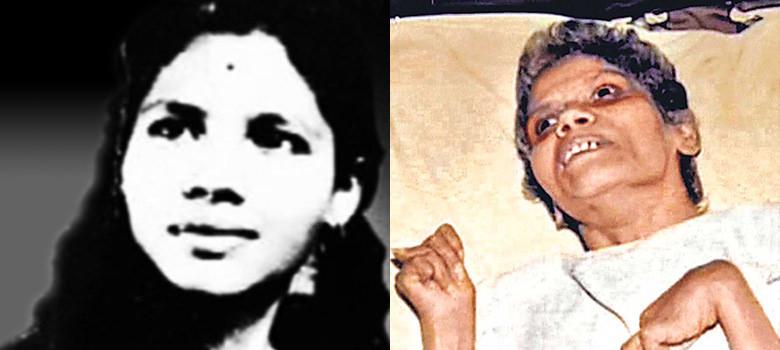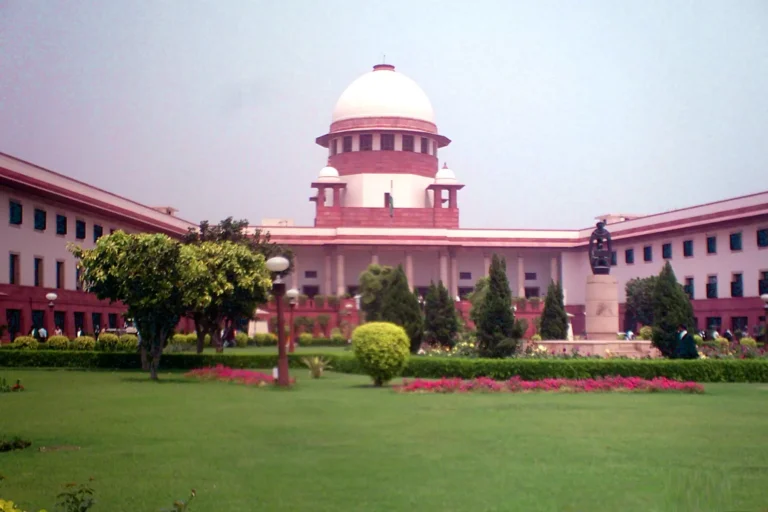

Supreme Court Landmark Judgement - Aruna Shanbaug Case (2011)

The Aruna Shanbaug Case: A Turning Point in Indian Euthanasia Laws
Introduction
The Aruna Shanbaug case is a landmark in Indian legal history, profoundly impacting the discourse on euthanasia in the country. This case not only highlighted the ethical and moral dilemmas surrounding end-of-life care but also brought to the forefront the need for clear legal frameworks to address such sensitive issues. Aruna Shanbaug, a nurse who spent 42 years in a vegetative state following a brutal assault, became the face of the euthanasia debate in India. This blog explores the intricacies of the case, the legal battles fought, and its implications on Indian law and society.
The Tragic Incident
Aruna Shanbaug was a young nurse working at King Edward Memorial (KEM) Hospital in Mumbai. On November 27, 1973, she was assaulted by a ward boy, Sohanlal Bhartha Walmiki, who strangled her with a dog chain and sodomized her. The attack cut off the oxygen supply to her brain, leading to a severe brain injury. This left her in a permanent vegetative state (PVS), unable to communicate or recognize people, but still alive in a state of consciousness.
For the next 42 years, Aruna was cared for by the staff of KEM Hospital, who fed her, bathed her, and looked after her every need. Despite their unwavering dedication, Aruna's condition showed no signs of improvement, and she remained bedridden, dependent on others for survival.
The Petition for Euthanasia
In 2011, a petition was filed by journalist and activist Pinki Virani, who had written a book on Aruna's plight titled “Aruna's Story.” Virani sought the Supreme Court's permission for euthanasia to end Aruna's prolonged suffering. The petition argued that keeping Aruna alive in such a condition violated her right to die with dignity, as recognized under Article 21 of the Indian Constitution, which guarantees the right to life and personal liberty.
Virani's petition ignited a nationwide debate on euthanasia, raising questions about the ethical, moral, and legal aspects of ending a life through medical intervention. The case was a complex interplay of emotions, legal principles, and ethical considerations, making it one of the most challenging cases for the judiciary to adjudicate.
Legal Definitions and Precedents
Euthanasia, often referred to as mercy killing, is classified into two categories: active and passive. Active euthanasia involves the deliberate act of causing a patient's death through interventions such as administering lethal substances. In contrast, passive euthanasia involves withholding or withdrawing life-sustaining treatments, allowing the patient to die naturally.
At the time of Aruna's case, active euthanasia was illegal in India, while passive euthanasia had not been explicitly addressed in Indian law. The Supreme Court of India's landmark judgment in the Gian Kaur vs. State of Punjab (1996) case had upheld the legality of suicide and active euthanasia, affirming that the right to life under Article 21 did not include the right to die.
However, the court also acknowledged the concept of a “dignified existence” and recognized that the right to life includes the right to live with dignity. This recognition laid the groundwork for future legal interpretations regarding end-of-life care and euthanasia.
The Supreme Court's Judgment
On March 7, 2011, the Supreme Court of India delivered its verdict on the Aruna Shanbaug case. The judgment was delivered by a two-judge bench comprising Justices Markandey Katju and Gyan Sudha Misra. The court rejected Pinki Virani's plea for Aruna's euthanasia but allowed passive euthanasia under certain conditions.
The court opined that passive euthanasia could be permissible in cases where patients are in a permanent vegetative state or terminally ill, and there is no hope of recovery. However, it laid down strict guidelines for implementing passive euthanasia to ensure that the process was carried out with utmost care and without misuse. These guidelines included:
1. Consent from Family or Next of Kin: The decision to withdraw or withhold life support must be made by the patient's family or next of kin, in consultation with medical professionals.
2. Approval from a Medical Board: A panel of doctors, including neurologists, psychiatrists, and other specialists, should be constituted to examine the patient's condition and provide their opinion on the feasibility of passive euthanasia.
3. Judicial Oversight: The approval of the High Court is mandatory to ensure that the decision is not influenced by malafide intentions and that the patient's best interests are considered.
4. Review by a Statutory Body: A statutory body, such as the State Medical Board or a similar authority, should review the decision and provide its opinion to the court.
Ethical and Moral Considerations
The Aruna Shanbaug case brought to light several ethical and moral dilemmas associated with euthanasia. One of the primary arguments against euthanasia is the sanctity of life, which posits that life, in any form, is sacred and must be preserved at all costs. Opponents of euthanasia argue that allowing individuals or medical professionals to end a life undermines the intrinsic value of human life and sets a dangerous precedent.
On the other hand, proponents of euthanasia argue that forcing individuals to endure unbearable suffering and a diminished quality of life is inhumane. They contend that individuals should have the autonomy to make decisions about their own bodies and lives, including the right to die with dignity.
In Aruna's case, the ethical debate was further complicated by the fact that she could not communicate her wishes. The question of who should make the decision on behalf of an incapacitated individual and what criteria should be used to determine the best course of action remains a contentious issue.
Legal Implications and Reforms
The Supreme Court's judgment in the Aruna Shanbaug case marked a significant shift in Indian euthanasia laws. By allowing passive euthanasia under strict conditions, the court acknowledged the need for a compassionate approach to end-of-life care while ensuring that such decisions were not taken lightly.
In 2018, the Supreme Court further expanded the legal framework for euthanasia in the Common Cause vs. Union of India case. The court recognized the right to die with dignity as a fundamental right under Article 21 and allowed individuals to create “living wills” or “advance directives.” These legal documents enable individuals to express their wishes regarding end-of-life care in the event that they become incapacitated and unable to communicate.
The court laid down comprehensive guidelines for the implementation of living wills, ensuring that the process was transparent and subject to judicial oversight. This landmark judgment provided clarity on the legal status of euthanasia in India and established a robust framework to safeguard the rights of terminally ill patients.
The Role of Medical Professionals
Medical professionals play a crucial role in the implementation of euthanasia laws. The Aruna Shanbaug case underscored the importance of medical ethics and the need for a multidisciplinary approach to end-of-life care. Doctors are tasked with the responsibility of providing accurate diagnoses, prognoses, and opinions on the feasibility of euthanasia.
The Medical Council of India (MCI) has established guidelines for medical professionals to ensure that decisions regarding euthanasia are made with the utmost care and in the best interests of the patient. These guidelines emphasize the importance of informed consent, consultation with family members, and adherence to legal and ethical standards.
Public Perception and Social Impact
The Aruna Shanbaug case had a profound impact on public perception of euthanasia in India. It sparked widespread debate and discussion on the ethical, moral, and legal aspects of end-of-life care. Media coverage of the case brought Aruna's plight to the forefront, eliciting empathy and compassion from the public.
The case also highlighted the need for better palliative care and support systems for terminally ill patients. While euthanasia remains a contentious issue, there is growing recognition of the importance of providing compassionate care to individuals suffering from incurable illnesses.
Conclusion
The Aruna Shanbaug case was a watershed moment in Indian legal history, shaping the discourse on euthanasia and end-of-life care. The Supreme Court's judgment, while rejecting active euthanasia, paved the way for passive euthanasia under strict conditions. This landmark decision underscored the need for a balanced approach that respects the sanctity of life while recognizing the right to die with dignity.
The case also brought to light the ethical and moral dilemmas associated with euthanasia, prompting society to reevaluate its stance on end-of-life care. The legal reforms that followed, including the recognition of living wills, have provided clarity and safeguards to ensure that decisions regarding euthanasia are made with compassion and integrity.
Aruna Shanbaug's tragic story serves as a poignant reminder of the complexities of life, death, and the quest for dignity. Her legacy continues to influence the legal and ethical landscape of euthanasia in India, fostering a deeper understanding of the rights and responsibilities associated with end-of-life care.
To read the full Judgement Click Here
Constitution of India
Subscribe our newsletter to stay updated. Subscribe
